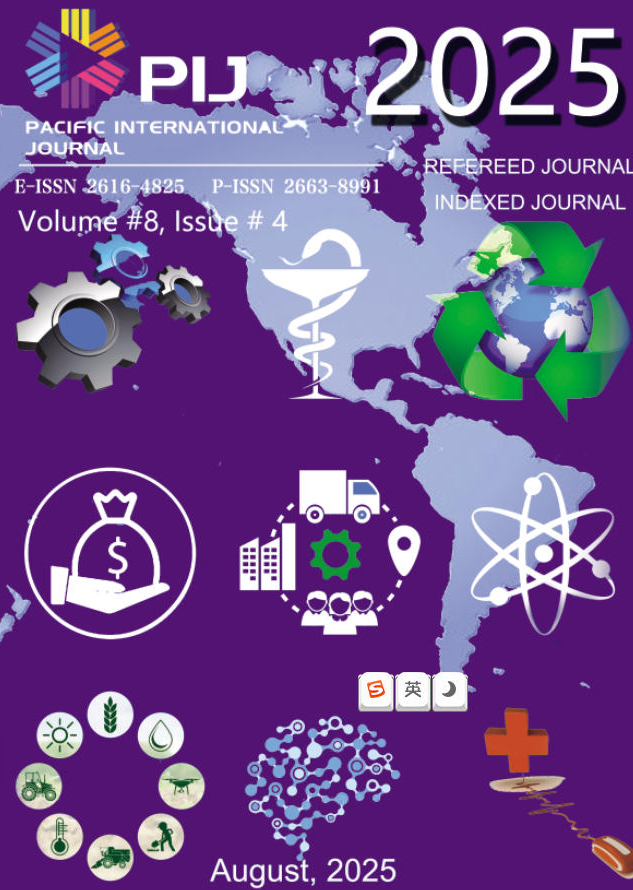Exploring the Impact of Sustainable Packaging on Chinese Consumers’ Perception of Food Products’ Effectiveness
DOI:
https://doi.org/10.55014/pij.v8i4.855Keywords:
sustainable packaging, developing countries, consumer behavior, mixed methodsAbstract
This study employs a mixed methods approach to investigate the impact of sustainable packaging on Chinese consumers’ perceptions of food products, integrating a large-scale survey of 1,000 urban consumers with age-stratified focus groups. Set against the backdrop of rising consumption, environmental awareness, and waste management challenges in developing countries like China, the study aims to analyze consumer attitudes, identify key adoption factors, and model the influence of sustainable packaging on perceived product quality, willingness to pay premium prices, and purchase intent. Anchored in the Theory of Planned Behavior and Diffusion of Innovation frameworks, the study examines the effects of packaging sustainability claims, materials, and design as independent variables, with consumer perception metrics as dependent variables and demographics such as age, income, and education as moderators. Hypotheses propose that sustainable packaging positively influences perceived quality and willingness to pay, even when demographic controls are applied. The literature review highlights contrasts between developed and developing country findings, emphasizing Chinese consumers’ growing environmental concern tempered by skepticism toward green marketing claims, thereby underscoring the relevance and significance of this research for both business strategy and public policy formulation.
Downloads
Downloads
Published
How to Cite
Issue
Section
License
Copyright (c) 2025 Pacific International Journal

This work is licensed under a Creative Commons Attribution-NonCommercial-NoDerivatives 4.0 International License.





